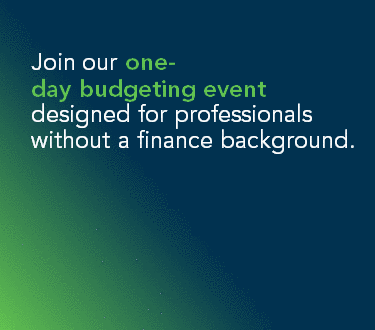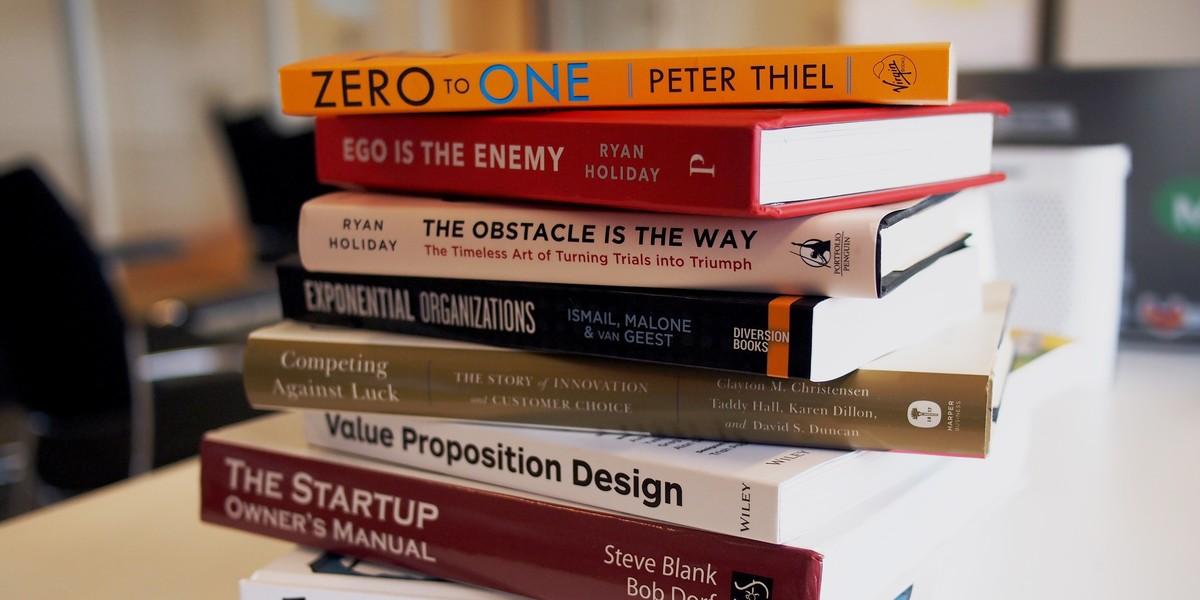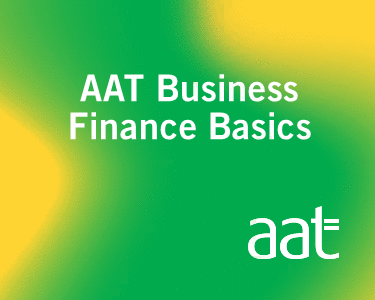Before I stepped foot in an office full of budding startups, I had no idea that startup methodologies even existed.
But, with copies of Lean Startup perched on the bookshelves and motivational pep talks of “fail fast, fail often” being bandied around, I soon picked up that this was a way of life for budding entrepreneurs.
‘Lean’, ‘disruptive’ and ‘agile’ are just some of the terms used to describe different approaches to starting and running a business.
And whilst skeptical at first, I soon learned there was merit in some of the methodologies.
When I subsequently went into business for myself, I found putting them into practice saved me valuable time and money, on ideas that weren’t working.
That’s because many of the methodologies encourage you to stop wasting time on what you think will work and put your theories to the test. Just like a scientist would a theory.
This helps ensure you find what doesn’t work quickly so you don’t spend too long flogging a dead horse. You find what works fast and scale it up.
So, do you need to follow a startup methodology?
You might think that startup methodologies are just for the Silicon Valley types and not relevant to you and your business.
I wouldn’t blame you for thinking that.
There are buzzwords like ‘pivot’ and ‘MVP’ to get your head around, but, hear me out for just a second.
You might learn something that will help you avoid failure and scale your business faster. And that’s something worth paying attention to, don’t you think?
And, to make it a little easier to sift through the jargon and get to the juicy bits, I’ve dissected and disseminated the most popular methodologies for you, so you can delve deeper into those that resonate and pass over those that don’t.
Method 1: The Lean Startup
Based on the bestselling book by Eric Ries, Lean Startup is often lauded as THE startup methodology.
Reis was frustrated by the fact that so many businesses fail because they have not tested their assumptions before releasing a product to market.
He encourages startups to eliminate uncertainty and apply Scientific Method principles to your business by following these 3 steps in a continuous cycle:
- Build a Minimum Viable Product (MVP) – a product that has enough features to satisfy early adopters.
- Test and measure – set your test objectives and quickly assess if your product meets them.
- Learn and iterate – take the learnings from your test and apply them to the next iteration of your product.
Eric Ries recommends moving as quickly as you can through steps 1-3 and starting over again, creating a continuous loop of learning.
“Rather than guess what consumers want, entrepreneurs should release new products in small, incremental stages in order to gain feedback and pivot the company’s vision when necessary”.
Businesses who used The Lean Startup Methodology:
- Dropbox
- Tumblr
- Airbnb
- Copyblogger
Drew Houston, CEO and founder of Dropbox, is an advocate of Lean Startup and reading into startup methodologies.
“You’re not going to become a great salesperson just by reading a book any more than you would become a great basketball player by reading a book,” he says.
“But it still gives you context and these useful mental frameworks for thinking about different kinds of problems”.
Method 2: Agile Innovation
Often used by software development teams and businesses looking to break rigid project management patterns, Agile Innovation encourages you to develop and test your business and product in short phases, building on growth incrementally with significant customer input.
The 4 key principles of Agile Innovation are:
- Individuals and interactions over processes and tools – create a fun working environment for your team, who feel empowered and part of the business success.
- Working prototypes over excessive documentation – put ideas into practice fast so you can get feedback as quickly as possible.
- Customer collaboration over rigid contracts – frequently use customer feedback to inform what you’re creating and ensure they get maximum value from your business.
- Responding to change over following a business continuity plan – don’t get stuck in planning. Start doing and adjust as you go.
Something I learnt from the Agile Innovation methodology that has served me incredibly well throughout starting and growing my own business, is the Kanban planning process and working in sprints.

As you can see, in its simplest form, you visually map out your planning using three columns:
- To Do
- Doing
- Done
You select one key goal to work on during 1-4 weeks (a sprint) and create a post-it note for each action required.
These sit in the To Do column until you move into Doing and eventually Done.
This allows you to visualise your progress and motivates you to complete the actions in the time given. If your startup relies on a variety of people working together, this method will allow you to keep track whilst keeping pace.
Businesses who used Agile Innovation:
- Apple
- Philips
- Paypal
- EA Games
Ben Cornelius, director of localisation at PayPal, is a fan of the agile approach.
“Agile contains the idea that we interact with our stakeholders frequently, in our case daily… getting feedback in a two-week iteration rather than a few weeks after a release that was in development for six months makes a significant difference.”
In an interview about how his team uses Agile, Ben goes on to say that when you don’t get feedback quickly from customers, you might end up releasing something they don’t even want or need. You end up spending money as you continue to market and maintain a product, service or feature over an alternative that would have been of more value to your customer.












